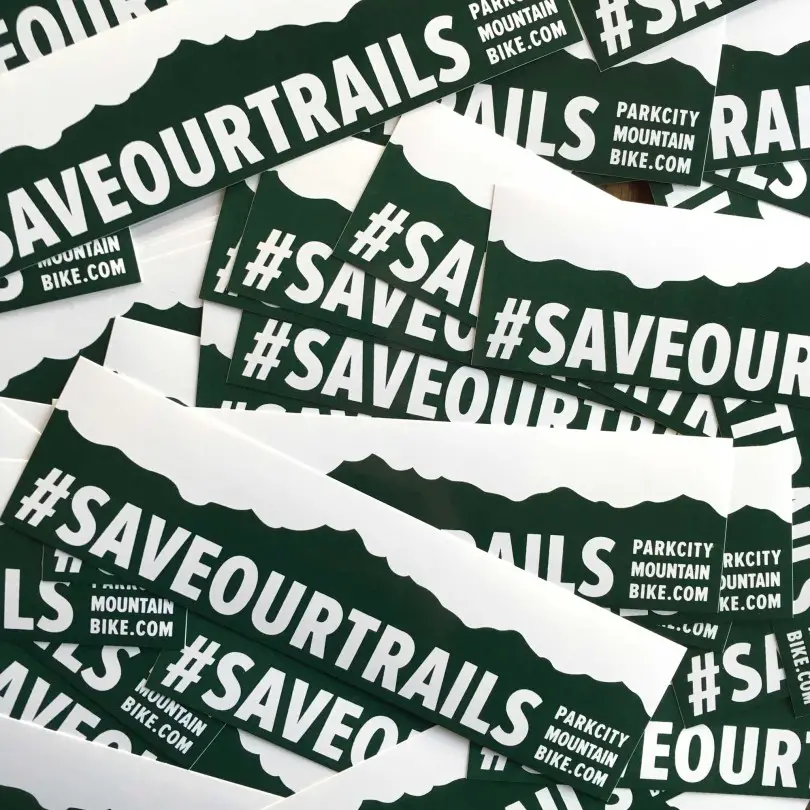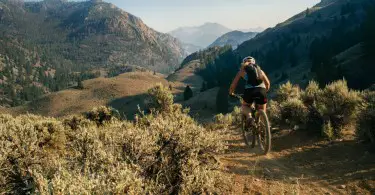It’s no secret that we’re proponents of a common-sense and logic based approach when it comes to Wilderness land management issues involving mountain bike access. Fortunately, the Sustainable Trails Coalition has been leading the charge on the Wilderness front, and has put together a grassroots movement picking up where IMBA and other bike advocates have fallen short. Contrary to what many of STC’s opponents will have you believe, they are not advocating that ALL Wilderness lands be opened up to bike access. Instead, they’re proposing the act be amended (which was changed in the early 1980’s to exclude bicycles) to allow bikes on a case-by-case basis, or where there is existing precedent and/or trail access already in place.
To help fund the Sustainable Trails Coalition’s efforts, we’re donating 100% of the proceeds of our #saveourtrails stickers to STC. Get yours here.




The original Wilderness Act said “no other form of mechanical transport,” so your claim that the ban on mountain bikes didn’t happen until the early 1980’s is a little bit misleading. It is true that rules that specifically mentioned mountain bikes were created in the early 1980’s, but the ban on mechanical transport was in the Act when it became law in 1964. And to be truthful, the first commercially made mountain bike didn’t happen until 1981. Federally designated Wilderness Areas are only 2.5% of the Land Area in the lower 48 States. And since you said “they are not advocating that ALL Wilderness lands be opened up to bike access” then why bother at all. It’s only 2.5% of the land area. Having the Land Managers decide on a case by case basis is also problematic. They would have to do an Environmental Review which will costs upwards of $10,000 per Wilderness Area. With 765 Wilderness Areas, that will total almost 8 million dollars just for the Environmental Reviews. And in the end, the Environmental Review may not support mountain biking in a specific Wilderness Area. This whole thing is a really bad idea.